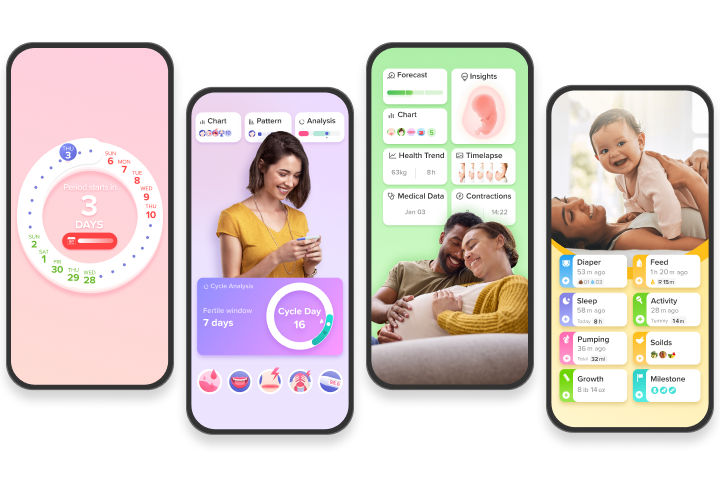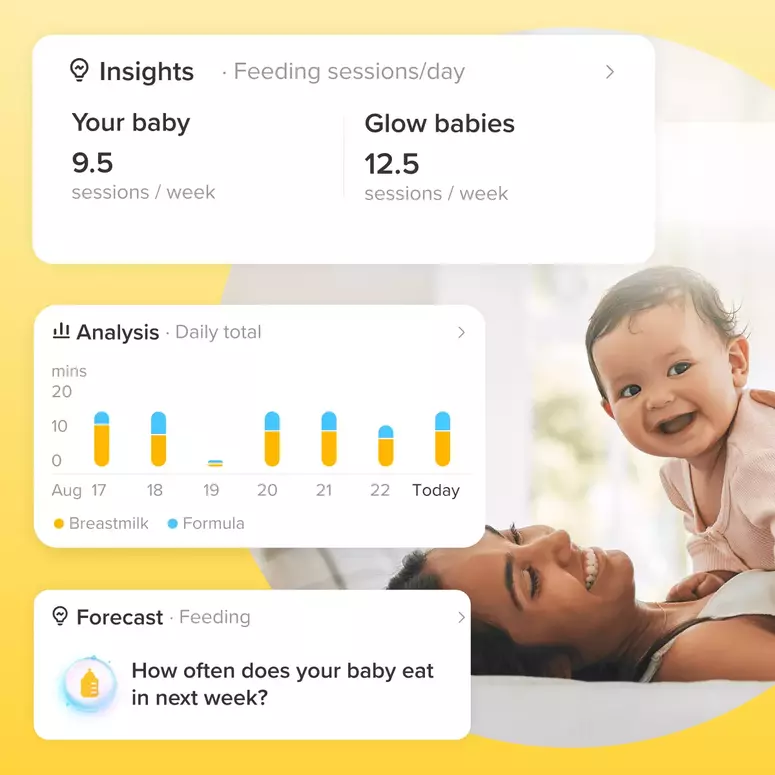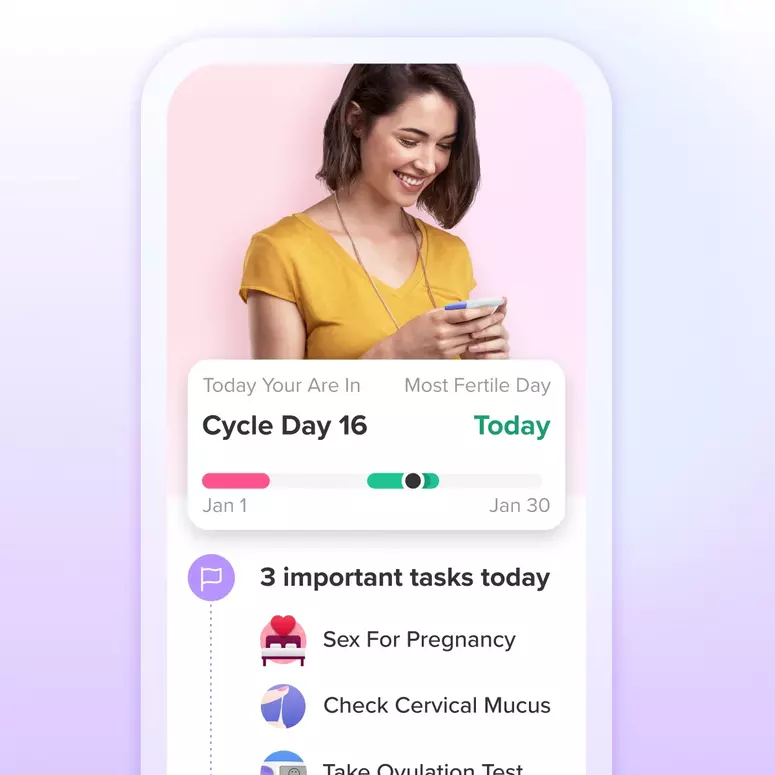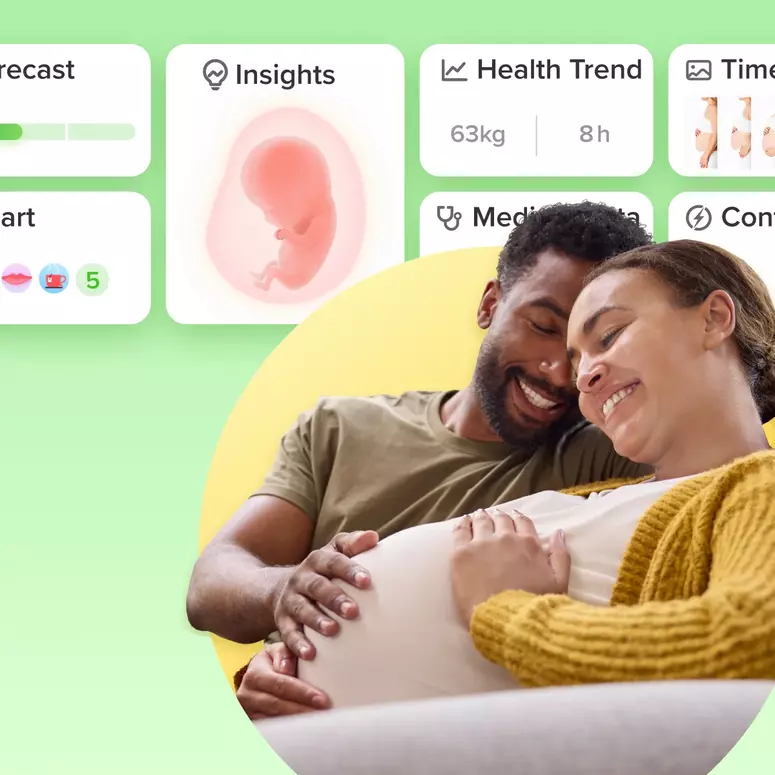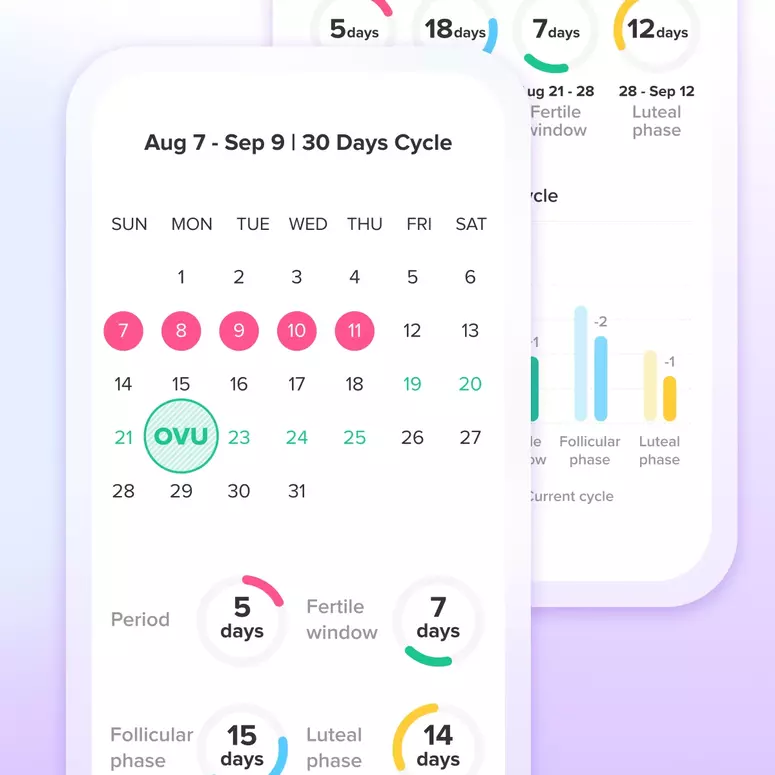
Many women experience a dull ache or sharp twinge around the middle of their menstrual cycle. This can be ovulation pain, a completely normal side effect of your body releasing an egg. But for some women with endometriosis, ovulation pain can be more intense and disruptive.
What is Endometriosis and How Does it Affect Ovulation?
Endometriosis is a condition where tissue similar to the lining of your uterus (endometrium) grows outside the uterus. This misplaced tissue can be found on your ovaries, fallopian tubes, and other pelvic organs. During ovulation, when a follicle ruptures to release an egg, any endometrial tissue outside the uterus can react by becoming inflamed or irritated. This inflammation can lead to scar tissue and adhesions, which can cause pain during ovulation.
Symptoms of Ovulation Pain with Endometriosis
Ovulation pain with endometriosis can feel similar to regular ovulation pain, but it can be more intense and last longer. Here are some signs to watch for:
- Intense or prolonged pelvic pain: Lasting more than 48 hours.
- Pain that disrupts daily activities: Causing nausea, vomiting, or diarrhea.
- Abnormal bleeding during ovulation: Spotting or heavier bleeding than usual.
Tracking Your Cycle Can Help You Manage Ovulation Pain
If you suspect endometriosis is affecting your ovulation pain, the first step is to track your cycle. By pinpointing when you ovulate and recording your symptoms, you can identify patterns and see if the pain coincides with ovulation.
Inito Fertility Monitor: Your Partner in Cycle Tracking
This is where a helpful tool like the Inito Fertility Monitor comes in. Inito is a FDA-cleared fertility monitor that uses advanced algorithms to pinpoint your fertile window based on both estrogen and progesterone levels in your saliva. Unlike traditional ovulation predictor kits (OPKs) that only detect a surge in luteinizing hormone (LH), Inito provides a more comprehensive picture of your cycle.
Here’s how Inito can help you manage ovulation pain:
- Identify your fertile window with confidence: Knowing exactly when you ovulate allows you to anticipate potential pain and plan accordingly.
- Track trends and patterns: Inito allows you to record symptoms alongside your cycle data, helping you identify if ovulation pain consistently occurs around ovulation.
- Gain valuable cycle insights: Over time, Inito builds a personalized cycle profile, giving you a deeper understanding of your unique hormonal fluctuations.
Taking Charge of Your Cycle
By tracking your cycle and understanding how ovulation might be affecting you, you can take steps to manage your pain. This might involve using pain relievers, applying heat therapy, or trying relaxation techniques. If the pain is severe, consulting a healthcare professional is essential.
In conclusion, ovulation pain with endometriosis is a real concern for many women. By tracking your cycle with a tool like Inito, you can gain valuable insights and work towards managing your ovulation pain and living a healthier, happier life.
